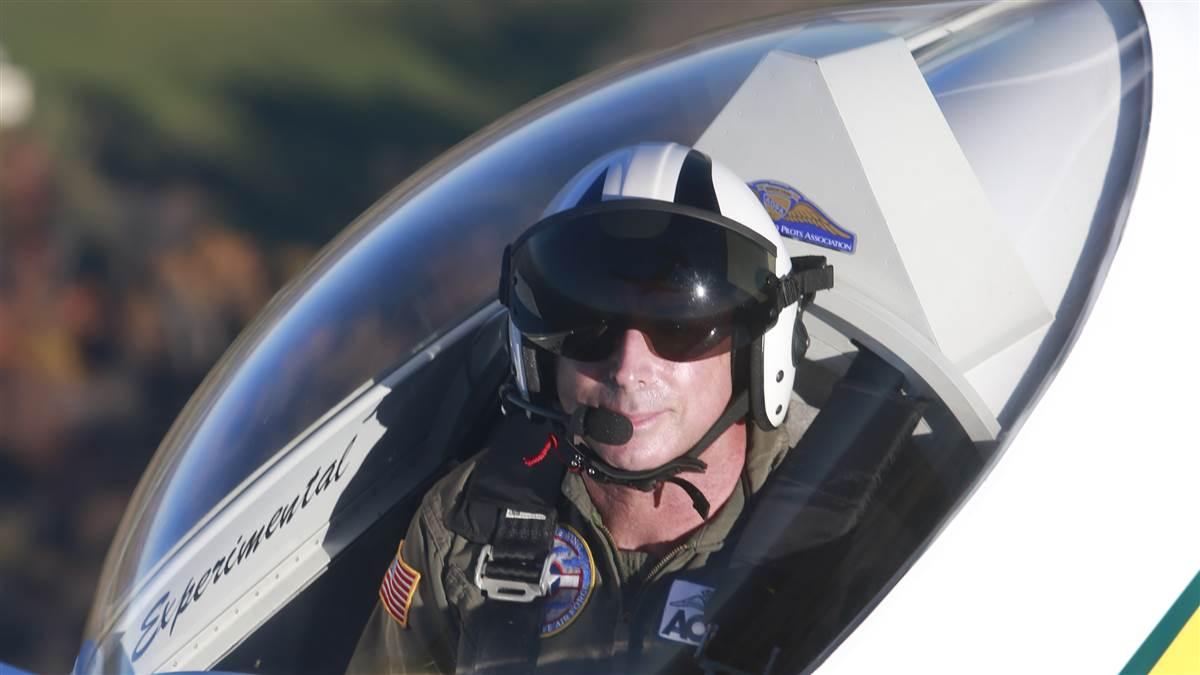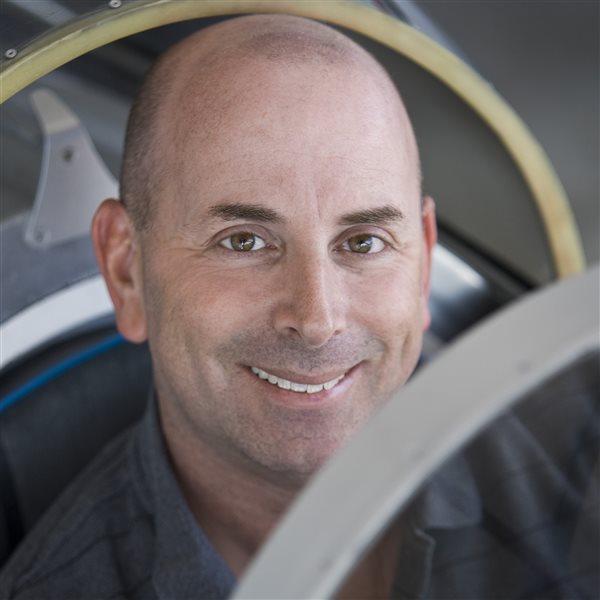Unusual Attitude: Million-dollar baby

[email protected]
I’m fine with top-of-the-line corporate jets costing tens of millions, and I don’t bat an eye when a few airliners and military aircraft top out at hundreds of millions. But I can’t quite wrap my head around the idea of a $1 million piston single. And those stratospheric price tags are a reality right now.
The sticker price for a new Piper Matrix is $939,000, and a few options and taxes can easily bump the final cost to the customer to well over $1 million. The Beechcraft Bonanza G36 and Cirrus SR22T have base prices of $759,000 and $710,000, respectively—and they, too, cross the million-dollar threshold with custom paint, air conditioning, leather interiors, ice protection, and personal options.
Are pilots crazy? Who would pay that much for a new airplane that doesn’t fly any faster or higher than a used model?
I won’t—but airplane manufacturers don’t market their products to me. They follow the cold, hard logic that informs them they’re going to produce a relatively small number of airplanes, so they ought to focus on luxury models with high margins. General aviation manufacturers sold just 936 single-engine piston airplanes in 2017 (down from 2,417 a decade earlier), so it’s hard to fault them for trying to wring the most profit out of each precious sale.
Can anything alter this relentless upward trajectory in new aircraft prices? Happily, a couple of promising trends are coming to fruition.
First, Vashon Aircraft, a startup by John Torode—the serial entrepreneur who founded Dynon Avionics—introduced a new aircraft called the Vashon Ranger. It’s a two-seat Light Sport design with a roomy interior; modern panel; rugged, off-airport capability—and a retail price of $100,000.
Best of all, it’s a great-flying airplane designed by Ken Kruger, formerly chief engineer at Van’s Aircraft. The Ranger is economical to operate, fun to fly, and it’s the first new airplane I’ve seen in a long time that offers a truly compelling value.
Flight schools are going to feel they need this airplane, and so will individual owners. My biggest question about Vashon is whether the company can make enough Rangers to keep up with demand once people find out for themselves what fine airplanes they are.
The second, and perhaps more far-reaching, change has to do with high-performance airplanes made under Experimental amateur-built regulations.
Glasair pioneered the “two-weeks-to-taxi” program for builders, and CubCrafters has reinterpreted its “factory assist” program and taken it to a whole new level. Now, nearly half the new airplanes CubCrafters builds are made with owner assistance—and, instead of being discounted, they sell at a premium compared to straight production models.
Now Lancair is following suit with its four-seat, composite Mako that’s being sold with a brash declaration: It will outperform any FAA-certified competitor, Lancair says, for half the cost of a new Standard-category airplane.
Will owners and pilots of FAA-certified airplanes be willing to convert to amateur-built models? I think they will—in droves.
Experimental amateur-built aircraft like the Mako have advantages, such as the ability to use Experimental avionics that offer more features at far lower cost, and yearly condition inspections performed by airframe and powerplant mechanics (instead of annual inspections by mechanics with inspection authorizations). The only thing these airplanes can’t do by regulation is “commercial” operations, and that’s no limitation to most individual owners. As long as owners don’t lease their airplanes to flight schools or charter companies, Experimental airplanes can be attractive options.
The idea of owning and flying an amateur-built airplane is a stretch for many pilots who learned to fly in FAA-certified models and trust them. But I can adjust to having an Experimental sticker in the cockpit a lot more easily than I’ll ever be able to accommodate a $1 million price tag.



